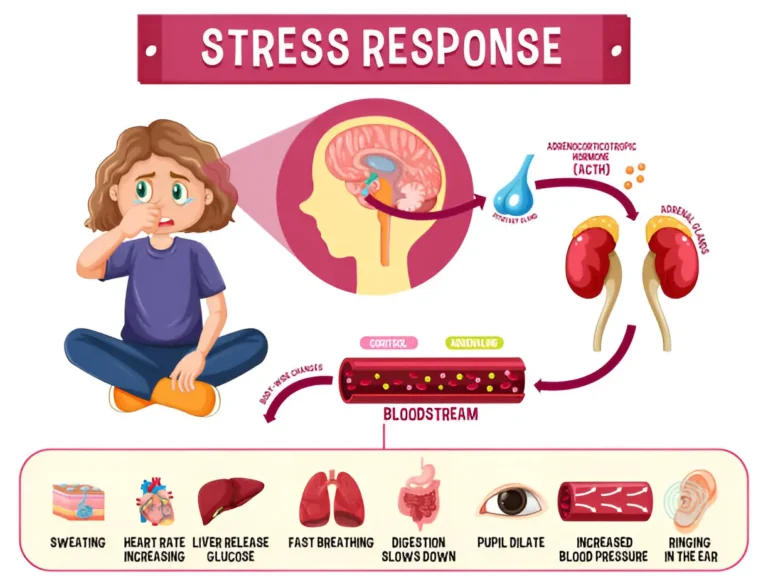Teeth Bonding: A Simple Solution for a Confident Smile
Key Takeaways
- Teeth bonding is a versatile procedure for repairing chips, cracks, gaps, and discoloration.
- The process is minimally invasive, often completed in a single visit without anesthesia.
- Proper care and maintenance can extend the lifespan of bonded teeth up to 10 years.
Table of Contents
- Introduction
- What Is Teeth Bonding?
- Benefits of Teeth Bonding
- The Teeth Bonding Procedure
- Caring for Bonded Teeth
- Is Teeth Bonding Right for You?
- Teeth Bonding vs. Other Cosmetic Procedures
Introduction
Feeling self-conscious about dental imperfections like chips, gaps, or discoloration can impact your confidence and willingness to smile. Fortunately, teeth bonding offers a simple, quick, and minimally invasive way to address these common issues. For anyone curious about what is teeth bonding and how it can help restore confidence in your smile, this resource outlines everything you need to know about how the procedure enhances both dental appearance and function.
Modern dental bonding uses advanced technology and durable, tooth-colored materials, making it accessible and effective for many patients. Below, you’ll find a thorough breakdown of this procedure, its benefits, how to care for bonded teeth, and how it compares with other cosmetic dental solutions.
What Is Teeth Bonding?
Teeth bonding is a cosmetic dental procedure that involves applying a tooth-colored composite resin to address imperfections such as chips, cracks, stains, or minor gaps. The resin is carefully molded to the tooth’s shape and then hardened using a special light, creating a smooth, natural-looking result that blends well with surrounding teeth. The procedure is minimally invasive and often doesn’t require anesthesia, making it a convenient option for patients seeking quick smile improvements. Dental centers like Advanced Smiles Marion commonly offer this treatment as part of their approach to restoring and enhancing dental aesthetics.
Benefits of Teeth Bonding
- Minimally Invasive:Teeth bonding preserves most of your natural tooth, requiring only slight surface preparation. Unlike veneers or crowns, the healthy tooth structure remains largely intact.
- Quick and Convenient:The bonding procedure is usually done in a single visit, often taking less than an hour per tooth.
- Cost-Effective:Dental bonding is more budget-friendly than other cosmetic treatments, making it attainable for a wide range of patients.
- Versatile Correction:Dentists use bonding for various cosmetic concerns, including chips, cracks, minor misalignment, discoloration, and small gaps between teeth.
- Natural Results:Modern composite resins come in several shades, ensuring a precise color match to your tooth for an indistinguishable repair.
The Teeth Bonding Procedure
- Preparation:Your dentist will first select the composite resin color that most closely matches your natural tooth shade. Minimal prep work is needed, and anesthesia is usually not necessary unless bonding is used to treat a cavity.
- Application:The tooth’s surface is gently roughened, then coated with a conditioning liquid to improve the bond. The pliable composite resin is applied, shaped, and smoothed for a natural look.
- Hardening:The dentist applies a special blue curing light to set and harden the resin quickly, anchoring it securely to the tooth’s surface.
- Finishing Touches:The bonded area is trimmed and polished, blending seamlessly with your other teeth and giving it a lifelike sheen.
Caring for Bonded Teeth
Proper aftercare is essential to extend the life of your bonded teeth, which can last up to a decade with the right steps:
- Consistent Oral Hygiene:Brush twice daily with a soft toothbrush and floss at least once daily to maintain your natural tooth and the bonded area.
- Be Mindful of Hard Foods:Avoid biting down on ice, hard candies, or non-food items like pens and fingernails, as the composite material can chip.
- Limit Staining Agents:Food and drinks like coffee, red wine, tea, and habits such as smoking can discolor bonded resin. Moderating your intake can help keep results looking bright.
- Routine Dental Visits:See your dentist at least twice a year for professional cleanings and to monitor the bonded area for any wear or damage.
Is Teeth Bonding Right for You?
Teeth bonding is best suited for individuals with minor to moderate cosmetic concerns such as chips, small gaps, or mild discoloration who want an efficient and cost-effective solution. It may not be ideal for those needing extensive restoration due to major structural damage, large cavities, or severe stains that extend deep within the tooth. A thorough examination by your dentist will help determine if dental bonding is the optimal treatment or if other options better suit your dental health and aesthetic goals.
Teeth Bonding vs. Other Cosmetic Procedures
When choosing a cosmetic dental treatment, it’s important to understand how teeth bonding compares to other popular procedures:
Veneers
Porcelain veneers are thin shells bonded to the front of teeth, providing dramatic and long-lasting improvements to shape and color. Veneers are more stain-resistant and durable but require significant enamel removal, a more complex process, and a higher investment.
Crowns
Dental crowns cover the entire tooth surface, restoring the appearance and function of teeth that are significantly damaged or decayed. They offer superior strength but involve more invasive preparation and greater expense.
Teeth Whitening
While teeth whitening is effective for removing stains and brightening the smile, it cannot address chips, gaps, or structural flaws. Bonding can be combined with whitening for a comprehensive aesthetic improvement.
This comprehensive guide, Dental Bonding, provides a detailed comparison of other cosmetic dental solutions and more in-depth information about dental bonding.
Also Read-Women’s Health and Hormone Replacement Therapy: A Path to Renewed Vitality






